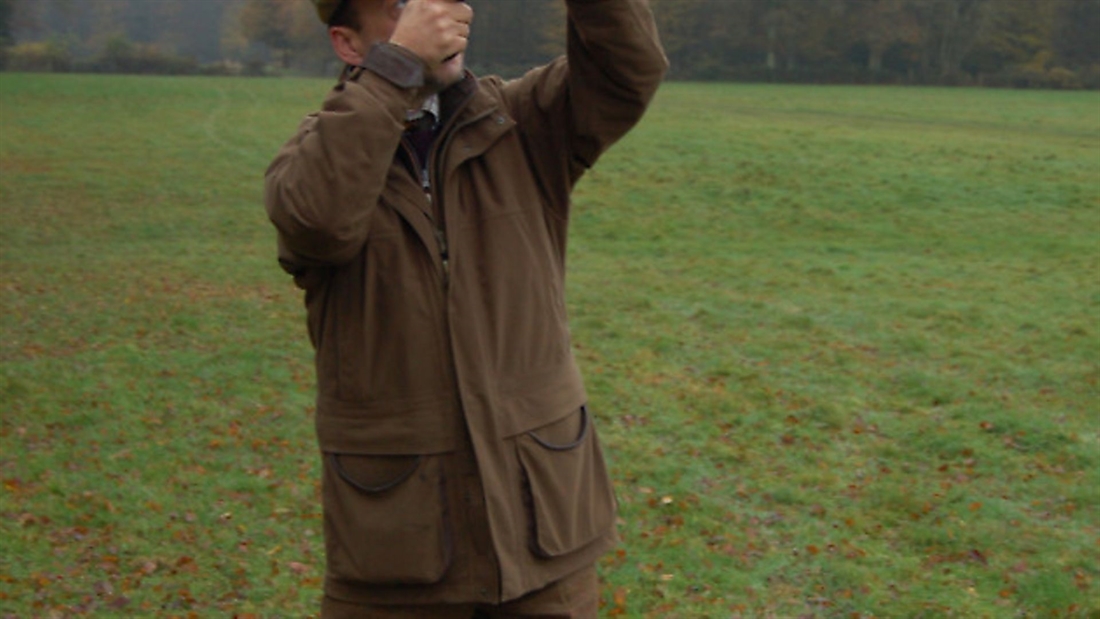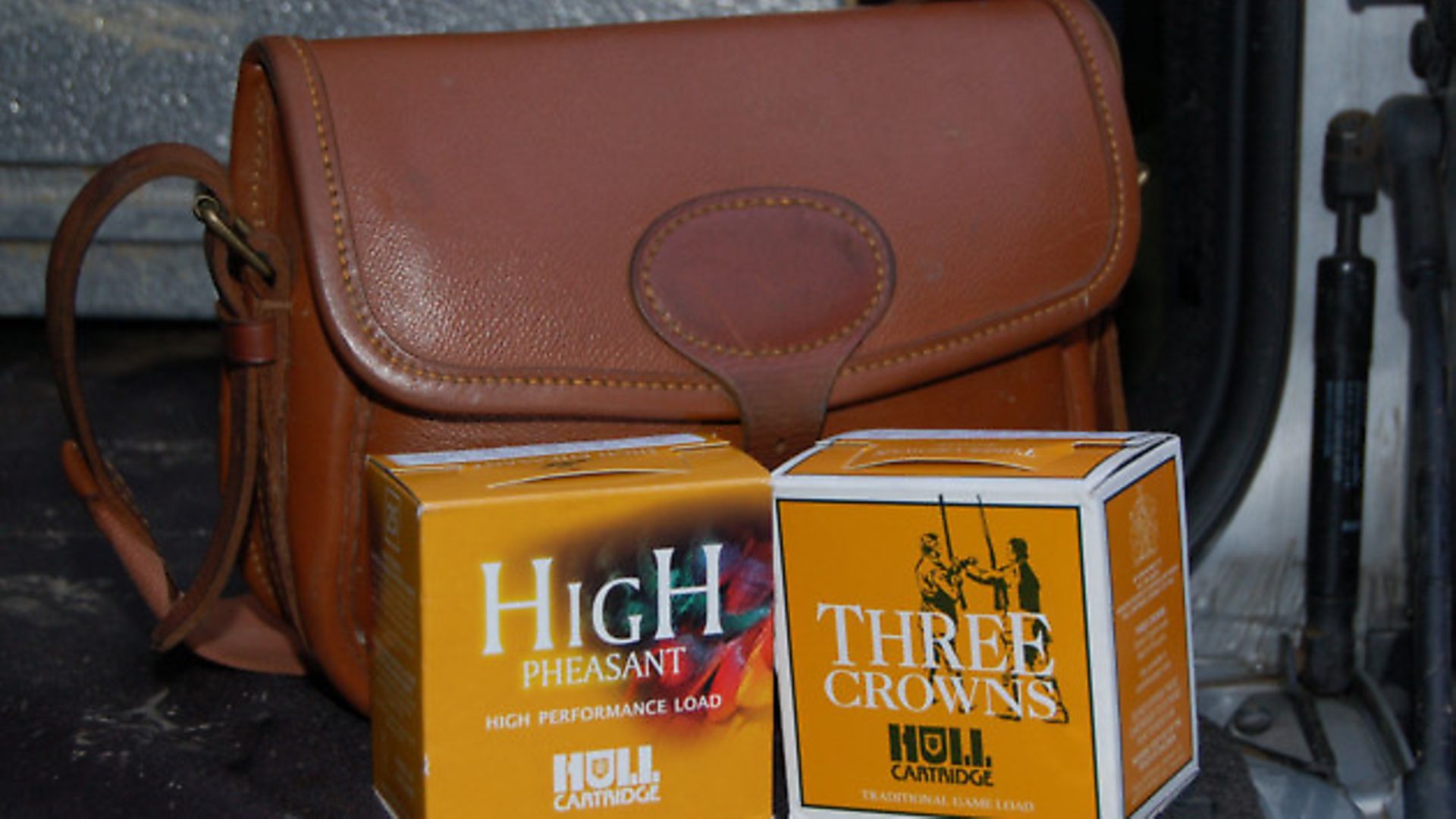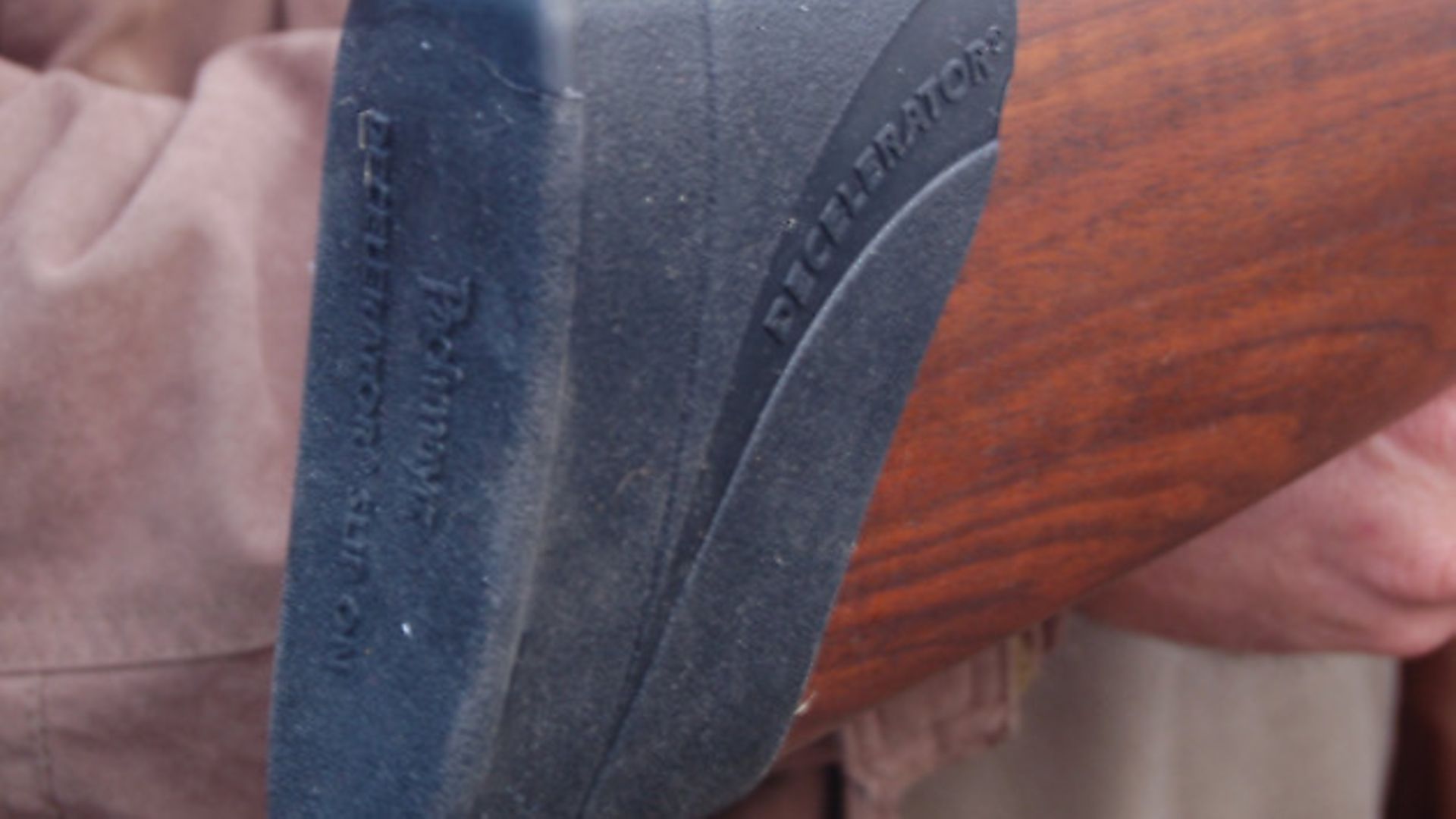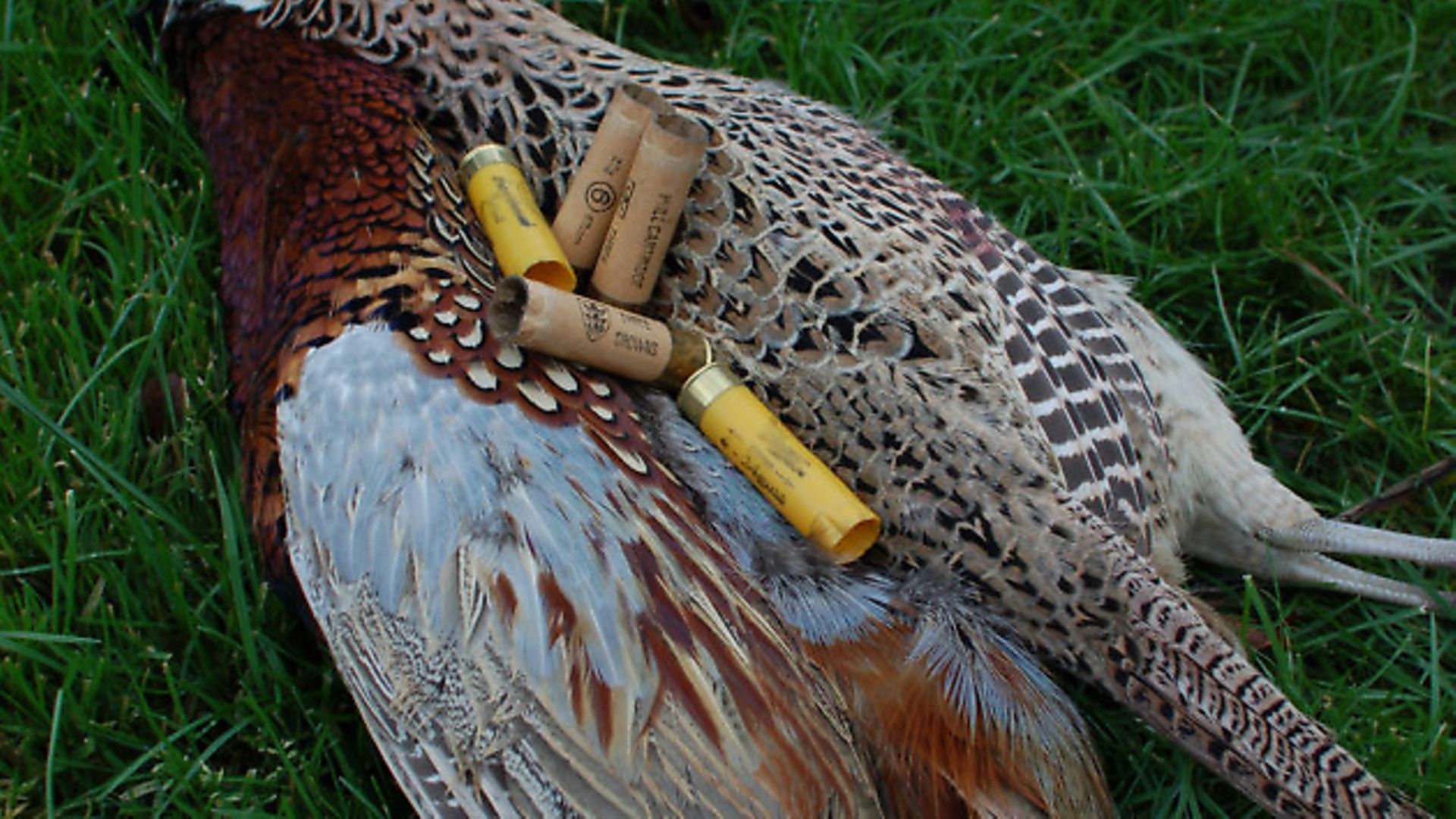Helping to shoulder the burden

Phill Price helps a shoot companion find a solution to his recoil pain that won’t cost an arm and a leg
At the game shoot where I work my dogs, I’ve come to know a man by the name of Richard Black. He’s always great company, so I was happy to see that he’d taken a gun again this year. However, I was saddened to hear that he’d seriously injured his shoulder in a freak accident when throwing a ball around with his kids in the summer. He’d slipped, fallen awkwardly and suffered an ‘inferior dislocation’ of his collar bone, which means that it dislocated inwards, causing horrible damage to tendons and soft tissue.
He’d immediately undergone surgery, followed by months of intense physiotherapy in the hope that by the time October arrived he’d be well enough to shoot. He’d also been out and bought a lightweight Yildiz 20-bore over-and-under, because the weakness he was suffering meant holding his usual 12-bore while waiting on the peg was simply too uncomfortable.
I was standing behind as the first pheasant of the first drive flew across in front of him to fall beautifully to a single shot; I felt relieved and thought all was well. However, by the time I saw him on drive three, the gun was in the slip. There would be no more shooting that day. Even the modest recoil of the 20-bore was causing increasing pain and he had the good sense to stop before he compounded the problem.
He’s a pretty big guy and solidly built, but damaged joints are no respecter of size, and the following morning found the shoulder painful and the subsequent visit to his surgeon was met with displeasure and some harsh advice: stop shooting if you want this to recover. It was terrible news, as it appeared that he could lose his whole season.
The next Saturday I suggested that I could have a ring around the industry and see if anybody could offer any products to help. It seemed that the ultimate solution would be to shoot a modern semi-automatic, as they have a naturally soft recoil and many today have additional recoil-reducing features such as Beretta’s Kick-Off device, but Richard wasn’t happy to carry one on a game shoot. The next option was to pay a gunsmith to fit a hydraulic damper inside the stock, like the Lamina ones supplied by Recoil Systems, but this is an irreversible modification and would cost several hundred pounds. Richard plans to have the gun shortened for his children to use in future, which would then mean removal of the damper, so that option was discounted.
While in his local gun shop, he saw a PAST shoulder pad and decided to give it a try. These strap to your shoulder under your coat and are designed to absorb and spread the recoil, and although the effect was small, he felt it a worthwhile purchase.
I called Hull Cartridge and Gamebore asking them to recommend the loads that they felt would best suit Richard’s needs, and they supplied samples which I simply gave to him, asking him to allow his shoulder to choose. Hull Cartridge supplied its Three Crowns VPC 25g 6s in a paper case designed for old English guns and its High Pheasant 25g 6s in a more modern build. This would hit harder but would have a bit more recoil. Gamebore supplied its Traditional Game load in 25g 6s, which it felt would be the softest and smoothest 20-bore game load.
Over dinner at the end of the day I asked Richard how he was, and if he’d been able to detect significant differences between the cartridges; he offered a clear and immediate answer. The Three Crowns VPC was easily the most comfortable, but he was a little unsure if they were killing as cleanly as he would like. The High Pheasant was dropping the birds well, and had only a small increase in perceived recoil, so this would be his choice. For him, the extra little bit of recoil was worthwhile to achieve the clean kills he demands.
The final product I sourced was a slip-on replacement recoil pad, imported by GMK, called the Pachmayr Decelerator, which can be found in most gunshops for around £25. This was fitted in two minutes by unscrewing the rather thin and hard rubber pad fitted to the gun and stretching on the Decelerator. It’s not the most handsome thing, but it can be removed and the gun brought back to its original condition in moments.
He’d noticed earlier that if he didn’t mount the gun correctly the recoil was much more severe, and thought that the gun might be slightly short for him, so I ordered the thickest version of the pad to add ½” to the pull, which suited him better. Even after one drive he told me that it really did work, and that he was thinking less and less about discomfort, which unsurprisingly was allowing him to concentrate and shoot better.
So it seems that a combination of the right cartridge and some high-tech pads have answered his problem and saved his season. He believes that by the time October 2013 arrives he’ll be back to full strength and using his 12-bore, but for now he’s staying with the 20-bore and I’m happy to see him on Saturdays, shooting well and enjoying his sport.
For more information on the products mentioned, visit www.gmk.co.uk, www.gamebore.com and www.hullcartridge.co.uk
By Phill Price








